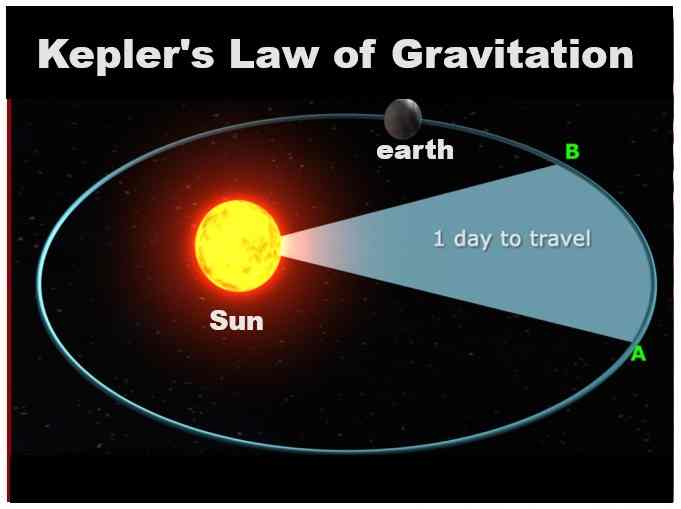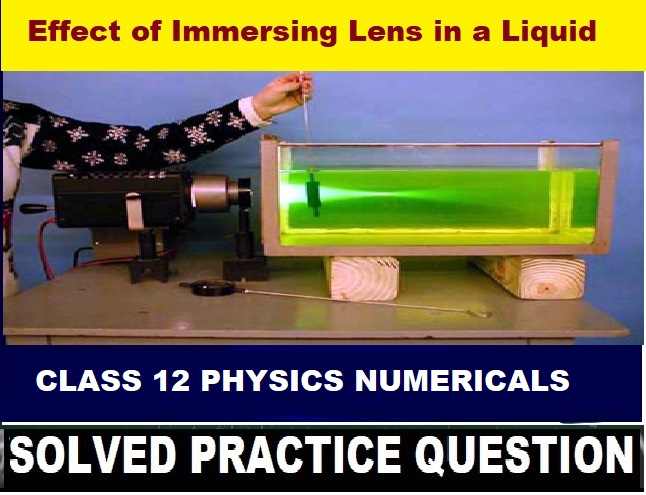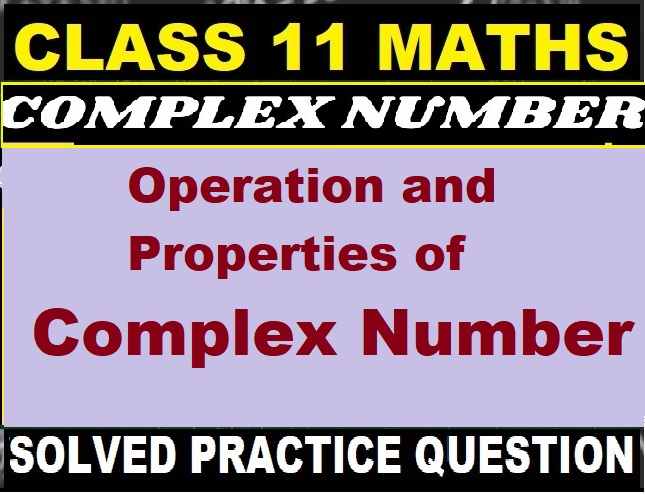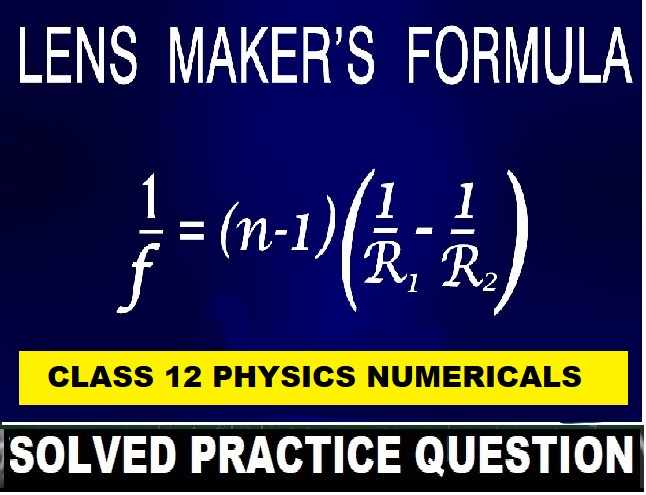Newton and Kepler Law of Gravitation Numerical ISC Class 11 Physics Nootan Solutions Ch-12. Step by step Solutions of Kumar and Mittal Physics of Nageen Prakashan as council latest prescribe guideline for upcoming exam. Visit official Website CISCE for detail information about ISC Board Class-11 Physics.
Newton and Kepler Law of Gravitation Numerical ISC Class 11 Physics Nootan Solutions Ch-12

| Board | ISC |
| Class | 11 |
| Subject | Physics |
| Writer | Kumar and Mittal |
| Publication | Nageen Prakashan |
| Chapter-12 | Gravitation: Planet and Satellites |
| Topics | Numericals on Newton’s Law of Gravitation, Kepler’s Laws and Acceleration due to Gravity |
| Academic Session | 2024-2025 |
Ch-12 Gravitation: Planets and Satellites
Numericals on Newton’s Law of Gravitation, Kepler’s Laws and Acceleration due to Gravity Solutions of Kumar and Mittal Physics of Nageen Prakashan
Que-1: Compute the ratio of the gravitational force and electrostatics force between an electron (mass = 9.1 x 10^-31 kg) and a proton (mass = 1.7 x 10^-27 kg). Given: e = 1.6 x 10^-19 C and G = 6.67 x 10^-11 Nm^2 kg^-2.
Solution- The gravitational force : Electric force mass(mc = 9.1 × 10¯³¹ kg
proton of mass (mp) = 1.7 × 10¯²⁷ kg
e = 1.6 × 10¯¹⁹ C
G= 6.67 × 10¯¹¹ Nm²/ kg²
Mass of electron=9.1 × 10¯³¹ kg value given in the question is wrong.
Let us assume electron and proton are placed with separation distance metre.
Gravitational force Fg
g = G.(mp x me) / r^2
On putting
Fg = (6.67 x 9.1 x1.7) x 10^-69 /r²
Similarly
Electrostatic force Fe
Fe = (9 x 10^9 1.6 x 1.6) x 10^-38 / r²
Therefore,
Fg/Fe = 4.5 x 10^-40 Ans.
Que-2: The mass and radius of moon are 7.34 x 10^22 kg and 1.75 x 10^6 m. Find the acceleration due to gravity at moon (G = 6.67 x 10^-11 Nm^2 kg^-2)
Solution- Given that, The mass of moon is 7.34 x 10²² kg
The radius of moon is 1.74 x 10^6 m
We are required to find the gravitational field strength. It is given by the relation g = GM/R²
Here G is the gravitational constant and its value is
G = 6.67 x 10¯¹¹ Nm²/kg²
Now substituting the known values in above relation, we get
g = (6.67 x 10¯¹¹ x 7.34 x 10²²)/(1.74 x 10^6)²
g = 1.617 N/kg
Therefore, The gravitational field strength of moon at its surface is 1.6 m/s^2 Ans.
Que-3: If the radius of the earth be 6.37 x 10^6 m and the acceleration due to gravity 9.81 m s^-2, then calculate the mass and the density of earth. (G = 6.67 x 10^-11 Nm^2 kg^-2)
Solution- The acceleration due to gravity on earth surface is given as
ge=G x Me /Re^2
or Me = gs x Re^2/G
=9.8×(6.37×10^6)^2 /6.67×10^−11
= 6×10^24kg Ans.
If ρ be the density of earth, then
M=4/3πR^3×ρ
or ρ = 3M/4πR^3
=3×(6×10^24) /{4×3.14×(6.37×10^6)^3}
= 5.5×103kg/m3 Ans.
Que-4: What will be the acceleration due to gravity at a planet whose mass is eight times the mass of the earth and whose radius is twice that of the earth? (‘g’ on earth is 10 m s^-2)
Solution- g = GMe/Re^2 = 10m/s^2
g’ = 8GMe/ (2Re)^2
g’ = 2 x GMe/Re^2
Hence g’ = 2 x 10 = 20m/s^2 Ans.
Que-5: The acceleration due to gravity on the surface of the earth is 10 m s^-2. The mass of the planet Mars as compared to the earth is 1/10 and radius is 1/2. Determine the gravitational acceleration of a body on the surface of Mars.
Solution- g = GMe/Re^2 = 10m/s^2
again at Mars
g’ = GMe/{10x(Re/2)^2}
g’ = GMe/2.5 x Re^2
Hence g’ = 10/2.5 = 4m/s^2 Ans.
Que-6: If the earth stops rotating about its axis then what will be the change in the value of g at a place in the equator plane? Assume that the earth is a sphere of radius 6.4 x 10^6 m.
Solution- Apparent value of gravity at equator is given as g’ = g = Rew^2 due to rotation
If earth stops rotation the factor Rew^2 will vanish and gravity will increase
by Rew^2 = 6.4 x 10^6 {(2π)/(24 x 60 x 60)}^2
= 3.4 x 10^-2 m/s^2 = 3.4 cm/s^2 Ans.
Que-7: What will be the value of the acceleration due to gravity ‘g’ at a height 3200 km from the earth while its value at the earth is 9.8 m s^-2 ? Radius of earth is 6400 km.
Solution- h= 3200km = 3200000m = 3.2 x10^6
R= 6400km = 6400000m = 6.4 x 10^6
g= 9.8m/s^2
We know that-
g’= g[R^2/(R+h)^2]
= 9.8(40.96 x 10^12/92.16 x 10^12)
= 9.8 x 4/9
Hence = 4.355m/s^2 Ans.
Que-8: At what height above the earth’s surface would the acceleration due to gravity be (i) half, (ii) one-fourth of its value at the earth’s surface ? (Radius of earth is 6400 km).
Solution- We know that gh/g={R/(R+H)}^2;
But gh = g/2
∴1/2 = {R/(R+H)}^2 or R/(R+H)=1/√2
or R(R+H) = 1/√2 or H/R=√2 – 1 = 0.414
h = 0.414×R = 0.414 × 6400 km/h = 2649.6 km. = 2650 km Ans.
(ii) We have the formula, g’ = g/(1+h/R)^2
Here g’ = acceleration due to gravity at the height
g = 9.8m/s^2, R = radius of earth, h = height
g/g’ = (1+h/R)^2
4 = (1+h/R )^2
1+h/R = 2
h/R = 1, h = R
So at the height of 6400 km the value of g is 1/4 th of its original value .
Que-9: At what depth below the surface of the earth the acceleration due to gravity will be (i) one-half, (ii) one-fourth of the acceleration due to gravity at the surface of the earth? Radius of earth is 6400 km.
Solution- The formula used is – a = g(1 – d/r)
Since, acceleration due to gravity is half of that at the surface, hence
a = g/2
Now, solving the equation –
g/2 = g (1-d/r)
(1-d/r) = 1/2
r = 6400 km
r-d = r/2
d = 6400 – 3200
d = 3200 km Ans.
(ii) Since, acceleration due to gravity is one-fourth of that at the surface, hence
a = g/4
Now, solving the equation –
g/4 = g (1-d/r)
(1-d/r) = 1/4
r = 6400 km
r-d = r/4
d = 3r/4
d= 3 x 6400/4
d = 4800 km Ans.
Que-10: The distances between the centres of the earth and the moon is 60 times the radius of the earth. Calculate the centripetal acceleration of the moon. Acceleration due to gravity on the earth’s surface = 10 m s^-2.
Solution- g = 1/R^2
g1/g2 = (R2/R1)^2
10/g2 = {(60Re/Re)}^2
g2 = 10/3600
g2 = 1/360 m/s^2 Ans.
Que-11: The mean distance of earth from sun is 1.496 x 10^8 km and its sidereal revolution period is 365.3 days. The sidereal revolution periods of the planet Venus and Mars are 224.7 days and 687.0 days respectively. Estimate the mean distances of these planets from the sun.
Solution- T² = r³
T² Earth = Kr³ Earth
T² Venus = kr³Venus
(T Earth/T Venus)² = (r Earth/r Venus)³
(365.3/224.7)² = r³ E/r³ V
On solving, we get
r V = 1.08×10^8 km Ans.
T² Mars = Kr³ Mars
(T Earth/T Mars)² = (r Earth/r Mars)³
(365.3/687)² = r³ E/r³ M
r mars = r Earth x {(687/365.3)^2}^1/3
= 2.28×10^8 km Ans.
—: end of Newton and Kepler Law of Gravitation Numerical ISC Class 11 Nootan Solutions Ch-12 :—
Return to : – Nootan Solutions for ISC Physics Class-11 Nageen Prakashan
Thanks
Please Share with your friends if helpful


